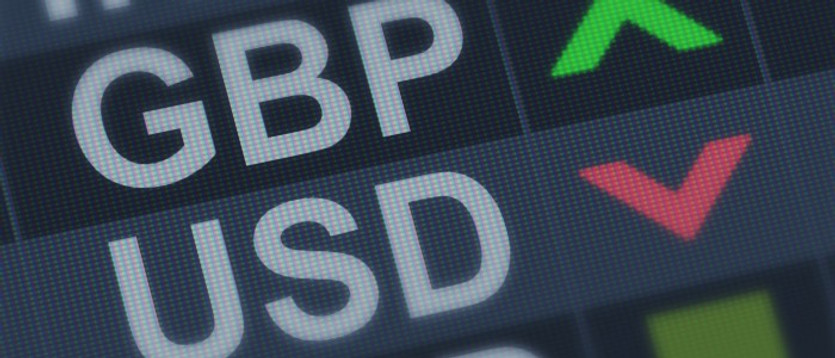The DXY dollar index has stabilized near the last week's closing levels. At the time of publication of this article, DXY futures were traded near 94.06, which, in turn, corresponds to the levels of a year ago.
Market participants are cautious ahead of the publication (at 18:00 GMT) of the Fed's interest rate decision. The main movement in the forex market now occurs in cross pairs. Market participants expect the Fed to clarify the situation regarding its future plans for monetary policy.
Although the Fed is not expected to raise the interest rate, however, it is widely expected that the current volume of the quantitative easing (QE) program, which is currently $ 120 billion per month (80 billion for the purchase of US government bonds and 40 billion for the purchase of mortgage bonds) will be reduced, according to some estimates, by half.
This decision can give a positive impetus to the dollar. However, its effect is likely to be relatively short-lived. Even if the Fed begins to reduce the volume of purchases in the bond market, its monetary policy will still remain soft, economists say.
Back in late October, Fed Chairman Jerome Powell confirmed the central bank's intentions to start cutting back on bond purchases soon. However, to raise rates, in his opinion, now "it would be premature". “Now is the time to wind down stimulus, not hike rates, and the Fed is on track to complete the stimulus winding process by mid-2022”, Powell said.
According to the minutes of the September Fed meeting, only half of 18 executives expect that interest rates will need to be raised by the end of 2022, and almost all executives anticipate another rate hike in 2023.
Nevertheless, unexpected decisions on the part of the FRS leadership cannot be ruled out, which will cause a sharp increase in volatility in the financial markets.
The Fed's press conference will begin at 18:30. Powell's comments may affect both short-term and long-term USD trading. A more “hawkish” stance on monetary policy is seen as positive and strengthens the US dollar, while a more cautious position is seen as negative for the USD. Investors want to hear from Powell his opinion on the future plans of the central bank.
One way or another, the Fed must respond to high inflation rates, which have remained so for a long time. It is possible that the Fed leadership is no longer so confident in the temporary nature of high inflation, and it will become increasingly difficult for it to defend the thesis about the temporary nature of inflationary pressures. The Fed will be forced to take a more aggressive stance towards inflation. Therefore, it is logical to expect hints of this following the meeting. If the rhetoric of Powell's statements remains soft, then, we repeat, the strengthening of the dollar will not be so aggressive.
But the arsenal of the most interesting and important events planned in the economic calendar for this week will not be completely exhausted.
On Friday (at 12:30 GMT) key monthly data on US nonfarm employment (for the Fed and market participants) will be published. Economists expect another increase in the number of jobs created, to 425 thousand from 194 thousand last month, and a decrease in the unemployment rate by another 0.1%, to 4.7%, which will be further evidence of the ongoing recovery of the American labor market. These are encouraging indicators for US stock market participants and dollar buyers.
Meanwhile, tomorrow the next meeting of the Bank of England will be held, dedicated to the issues of monetary policy.
The interest rate and the volume of the quantitative easing (QE) program are expected to remain unchanged, 0.1% and 875 billion pounds, respectively. Nevertheless, unexpected decisions are not ruled out on the part of the management of the Bank of England, for example, to raise the interest rate, which was previously hinted at by the head of the bank, Andrew Bailey.
Long-term inflation in the UK is well above the Bank of England's 2% target.
However, if the Bank of England is unable in its decisions to exceed market expectations regarding the increase in interest rates, then the pound may decline after the meeting of the bank.
Although three members of the Bank of England leadership are likely to vote to raise the interest rate, the volume of the quantitative easing program is likely to remain at the same level of 875 billion pounds. Consequently, there are no strong drivers for strengthening the pound at the moment. The decision on the interest rate and the volume of the QE program with the minutes of the meeting of the Monetary Policy Committee (MPC) of the Bank of England with the distribution of votes "for" and "against" raising / lowering the interest rate will be published on Thursday at 12:00 (GMT).
If the tone of the protocol is mild, then the pound will decline. Conversely, tough rhetoric about curbing inflation, implying an increase in the interest rate in the UK, will lead to a strengthening of the pound.





